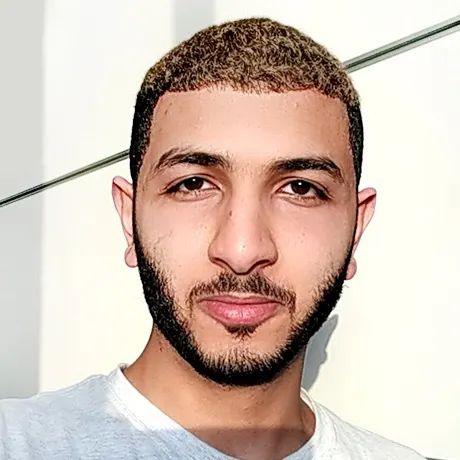How I beat my social media habit (and how you can too)
Filters. Snaps. Likes. Hearts. Posts.
As someone with ADHD, I’ve always struggled with preventing a constant flow of social media from having an iron grip on my time. About a year ago, I made the decision to take control again. I wanted to stop my social media habits from being an endless time black hole.
My purpose isn’t to bash social media, which is a powerful tool to connect with friends and family. Rather, I want to offer you my thoughts for using social media in a healthier way.
To break away from excessive use of social media, you must first understand how attachment to social media works — and the effect it has on our ADHD brains.
How does attachment to social media work?
Social media platforms like Facebook or Instagram use vivid colors, specific sounds, and infinite scrolling to make their platforms more appealing. They’re designed to be satisfying and easy to spend time on. Experts say these platforms trigger the reward circuit system and release dopamine in our brains.
Dopamine is one of the most important chemicals our brains produce. It’s known for giving us feelings of pleasure, motivating us to behave in certain ways and take specific actions — like eating, falling in love, or studying to do well on a test. Dopamine is so powerful that it’s also involved in addiction.
Since social media causes the release of dopamine, spending more time on social media becomes a more desirable action to perform. This leads our brains to think that we’re doing something good and worthwhile while using social media.
How does this relate to ADHD?
There’s a big difference between a typical brain and an ADHD brain. The reward circuits in an ADHD brain aren’t triggered as easily as in a typical brain.
Experts say that our ADHD brains are slightly desensitized to dopamine. It takes a lot more dopamine for us to be satisfied — and normal, day-to-day things like taking out trash or finishing homework don’t provide enough. Using social media is effortless and accessible, and our ADHD brains prefer the stimulation of social media over the stimulation of doing more effortful tasks. Having ADHD also means we’re more likely to lose track of time when we’re doing something that repeatedly activates the reward circuit. That’s why it’s easier for us to get hooked.
What’s next?
If you’re determined — like I am — to change your social media habits to healthier ones, you must break this attachment. Building internal discipline is a key ingredient. For example, while apps that block social media may help (see below), they’ll never be as powerful as your desire to change.
Here’s the method that worked for me when I’ve been spending too much time on social media:
Use self-talk. Whenever an exam or project is coming up, I literally say to myself that I can’t waste any more time on social media. I remind myself of how my brain works.
Block social media. After that, I use my smartphone’s “pause” feature, which lets me disable social media apps for a set time. (This feature is available on iOS and most Android phones.)
Tell others. The first few days of pulling away from social media can be the hardest, because you want to communicate with friends. To prevent this, I let people know that I’ll be taking time off. If I want to talk, I text or call.
Get in the zone. Once I’ve been away from social media for a few days, it starts to get easier. I reach a point where I don’t need to check social media apps anymore. I start focusing on what I need to get done, and I feel more fulfilled.
The key here is to maintain these habits, and not let yourself go down the hole of endless scrolling through memes or watching random YouTube videos again. One rule I found helpful: Only use social media to connect with friends and family, and cut out anything else that you do while you’re online.
If you ever feel like you’re slipping with social media, try to go back and repeat the steps above.


